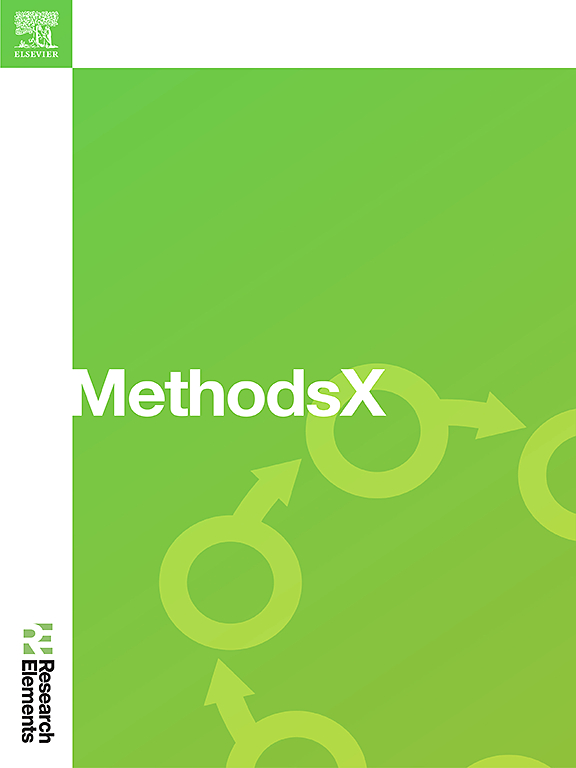多维学生成绩预测模型(MSPP):准确学业分类和分析的先进框架。
IF 1.6
Q2 MULTIDISCIPLINARY SCIENCES
引用次数: 0
摘要
本文章由计算机程序翻译,如有差异,请以英文原文为准。

A multi-dimensional student performance prediction model (MSPP): An advanced framework for accurate academic classification and analysis
Forecasting student performance with precision in the educational space is paramount for creating tailor-made interventions capable to boost learning effectiveness. It means most of the traditional student performance prediction models have difficulty in dealing with multi-dimensional academic data, can cause sub-optimal classification and generate a simple generalized insight. To address these challenges of the existing system, in this research we propose a new model Multi-dimensional Student Performance Prediction Model (MSPP) that is inspired by advanced data preprocessing and feature engineering techniques using deep learning. We developed a method that targets the common issues associated with educational datasets over imbalanced and temporal settings which is also explainable through AI features. Moreover, through adaptive hyper-parameter tuning and advanced graph neural network layers in the MSPP model allow to make output more dense representation for predictions resulting more accurate classification. The experiments results show that MSPP outperforms the other EAI&ML, MTSDA, XAI, DGNN and DLM with high accuracy 76 %, precision score of 0.79 and macro F1-score of 0.73. The model also helps to bring down the False Positive Rate (FPR) substantially at a 0.15 level, which ensures more reliable predictions for student classification.
- •The model of the MSPP includes contextual information and multi-layered analysis in order to improve prediction accuracy, placing a sound basis for predicting students in different performance categories such as distinction, pass, fail or withdrawn.
- •Our approach is obviously to generalize and extract those sparse, heterogeneous academic data in the form of structured training record using domain specific preprocessing integrating with multi-class classification mechanisms that improves on precision-recall across multiple categories.
求助全文
通过发布文献求助,成功后即可免费获取论文全文。
去求助
来源期刊

MethodsX
Health Professions-Medical Laboratory Technology
CiteScore
3.60
自引率
5.30%
发文量
314
审稿时长
7 weeks
期刊介绍:
 求助内容:
求助内容: 应助结果提醒方式:
应助结果提醒方式:


